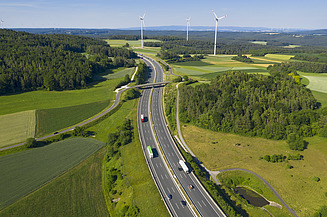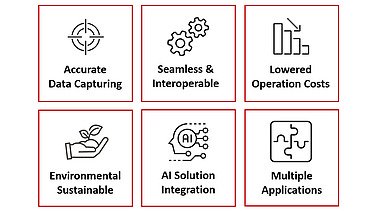Transforming Mobility For a Greener and Safer Planet

CO2-neutral vehicles are capturing an ever-growing share of the vehicle market. In Norway, for instance, over 50% of private cars on the road are electric. Increasing environmental awareness, incentives, promotions, and stronger regulatory measures are driving greater adoption of sustainable transportation options, such as public transport, rail, waterways, or car-sharing models.
A significant challenge are the financing gaps caused by declining revenues from mineral oil, fuel, and tolls. These sources have traditionally funded and contributed to infrastructure development and the implementation of “innovative mobility and ITS systems.
The current model of road infrastructure financing through fuel and toll taxes is unsustainable due to this “ecological shift”. To avoid long-term tax revenue losses, a new revenue model for the transportation sector must be developed to guide this transformation process.

Accurate real-time capture of traffic and vehicle data is essential for optimal traffic management and for leveraging AI and machine learning technologies to drive synergies, innovation, and practical applications in transportation and tolling. Roadside systems will support a variety of technologies, including video, ANPR, DSRC, RFID and lidar/laser, providing flexibility for both operators and road users.
Free-flow multi-lane solutions (without stopping or slowing down vehicles) are increasing and replacing the congested, high environmental impact of traditional manned toll stations which are increasingly becoming a thing of the past. Beyond well-developed, congestion-free infrastructure and reduced travel times, drivers expect a wide range of additional services, such as online registrations, real-time traffic information, modern parking- and infrastructure facilities, and seamless travel through interconnected traffic and toll systems.
These key requirements for both road operators and drivers can pave the way toward a more efficient, responsive, and sustainable transportation ecosystem.